Lamborghini Marzal: Marcello Gandini’s Amazing Masterpiece—Part 1
Images: Archivio centrale dello Stato/Stile Bertone, RM Sotheby’s, Gautam Sen
When the doors to the Geneva Salon opened on 9th March 1967, visitors were stunned to see a veritable spaceship on the Carrozzeria Bertone stand. For the second time in two years, a Lamborghini had stolen the headlines of the Swiss motor show. The genesis of this spaceship though did not come from that fledgling young maker of supercars. It came from that conceptualizer of dream cars, Bertone.
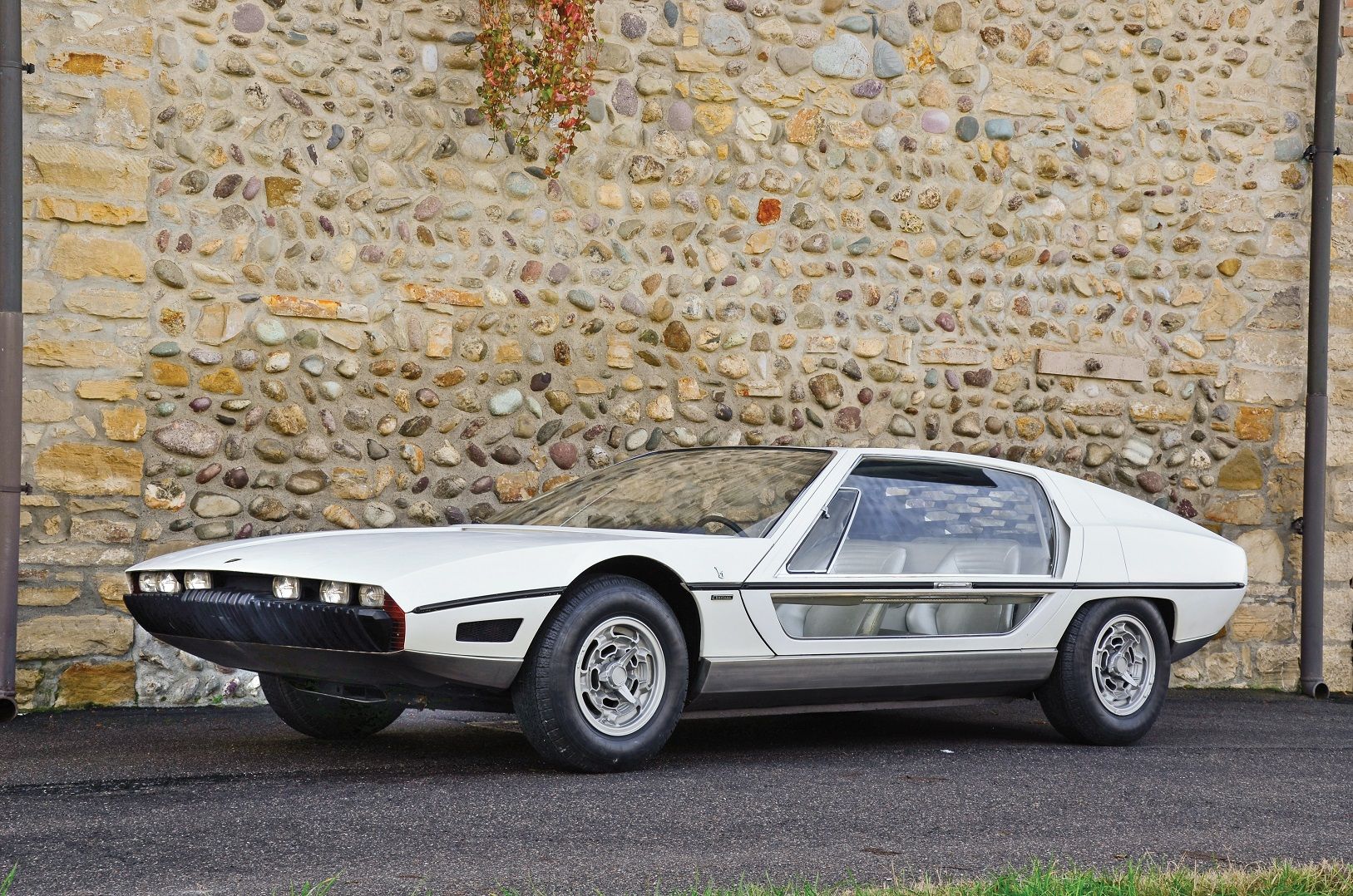
Even if the French magazine L’Automobile in its April 1966 Issue had written that the Lamborghini Miura was a ‘coronation of a past and the prelude to a future that promises to be brilliant’, as far as its designer, Marcello Gandini of Bertone, was concerned, the Miura was a ‘culmination of design ideas and themes from the past, a design that marked the end of an era’.
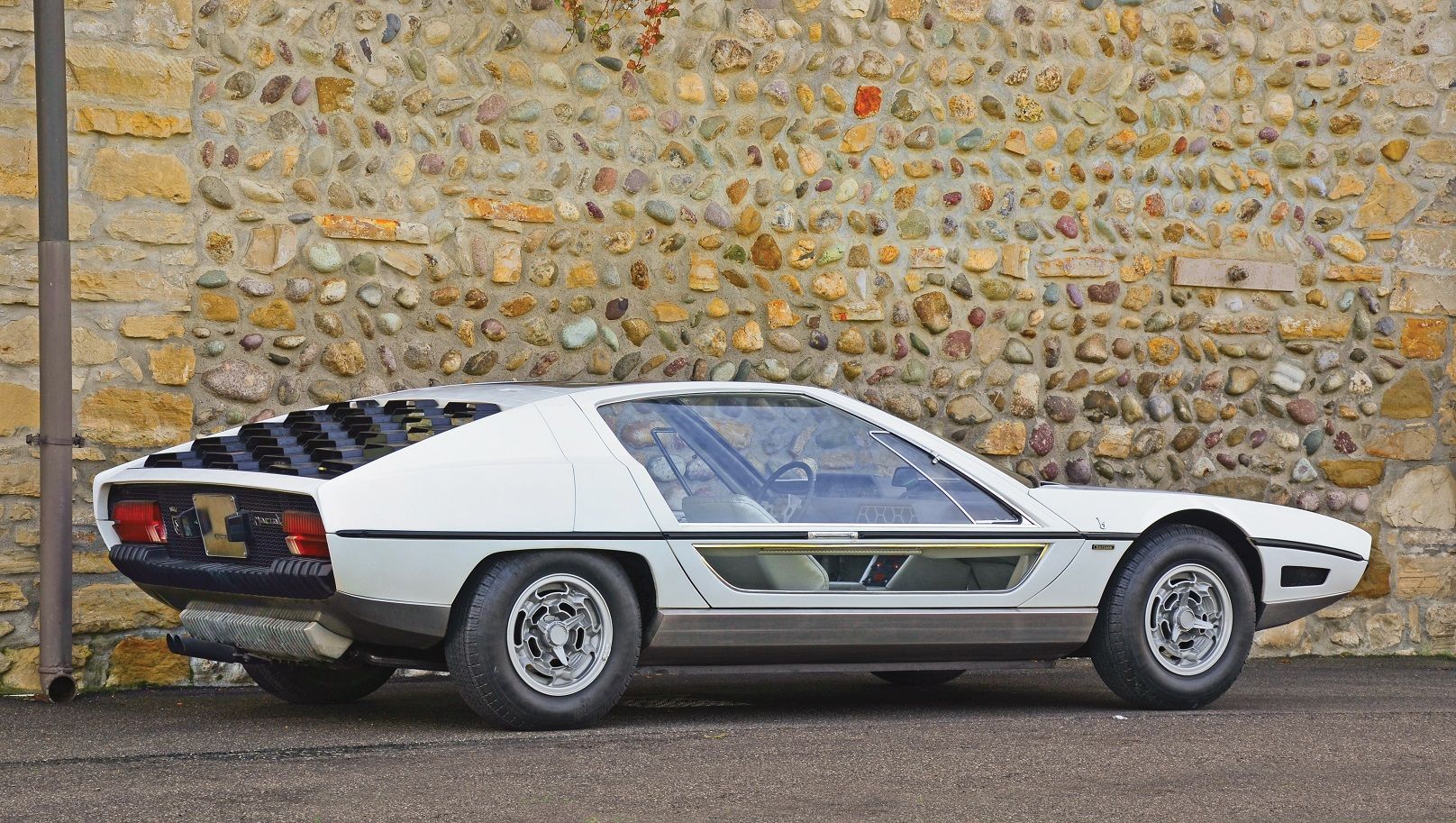
Marcello Gandini (https://magazine.derivaz-ives.com/marcello-gandini-cutting-edge-automotive-design/) believed that the next Lamborghini needed to be a revolution, not an evolution. And that is what it turned out to be.

The pearlescent silver Lamborghini Marzal was like nothing else ever in the history of the automobile. The shape, the style, the idea, the concept, every bit of the car was completely new. Here was a design that had nothing to do with the past, and was (in every way) a look far, far into the future.
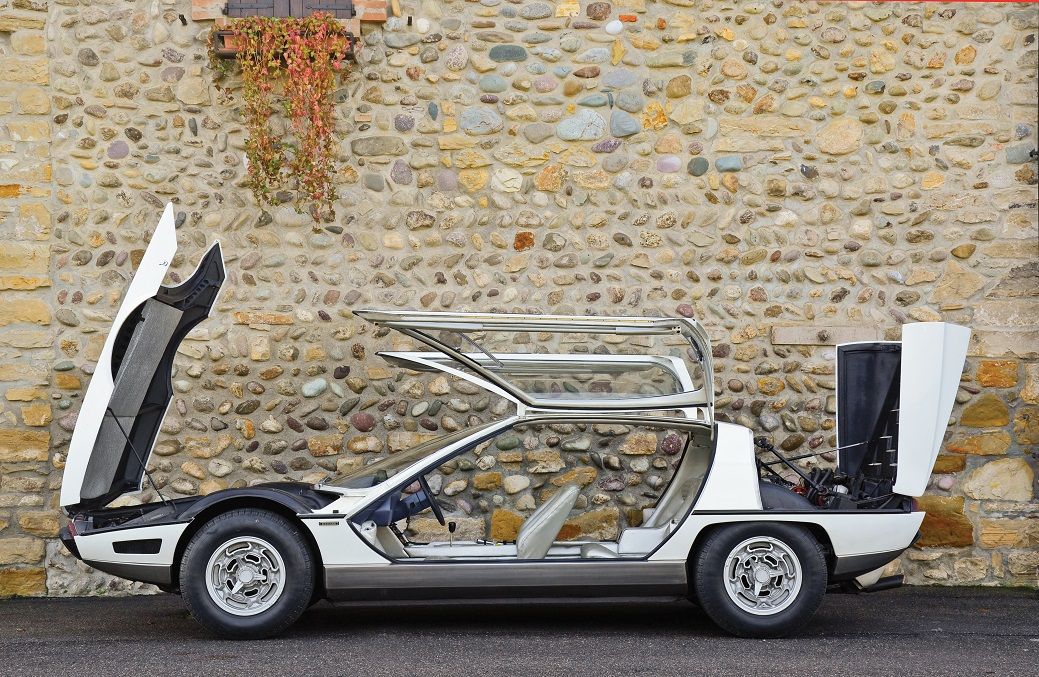
The genesis of the Marzal (with the name, once again, a reference to bullfighting and a star torero, Arturo Marzal, who died in 1947 after sustaining injuries in his last bullfight) went back to late 1966. When it was time to plan for the stand and cars to showcase at the 1967 Geneva Motor Show, Nuccio Bertone believed that a concept on a Lamborghini base would be most appropriate, as a perfect follow up, exactly a year later, to the Miura’s sensational unveiling in the 1966 edition of the same show.
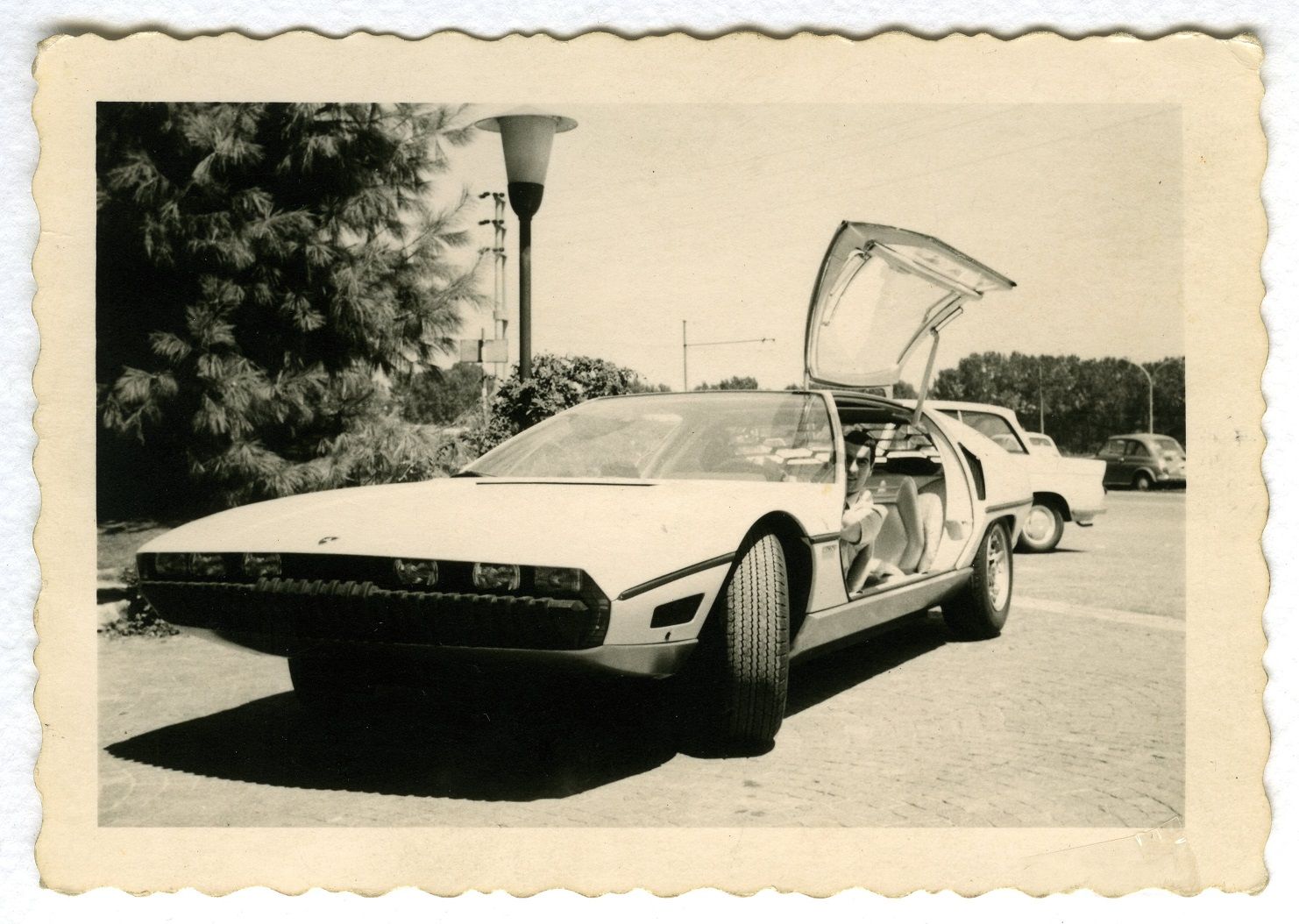
With such reasoning Nuccio Bertone asked Marcello Gandini to imagine a concept for Lamborghini. As all the mid-engine cars until then had been two-seaters, Gandini wanted to explore the possibility of a mid-engine four-seat car.
Although there were some rumors that Lamborghini was developing a smaller engine, engineering chief of the carmaker Giampaolo Dallara though contradicts that, when he wrote to the author in 2012, mentioning that ‘we were not working on a new engine’, as they had their hands full in sorting out the Miura and developing the 400 GT 2+2 into a better car.
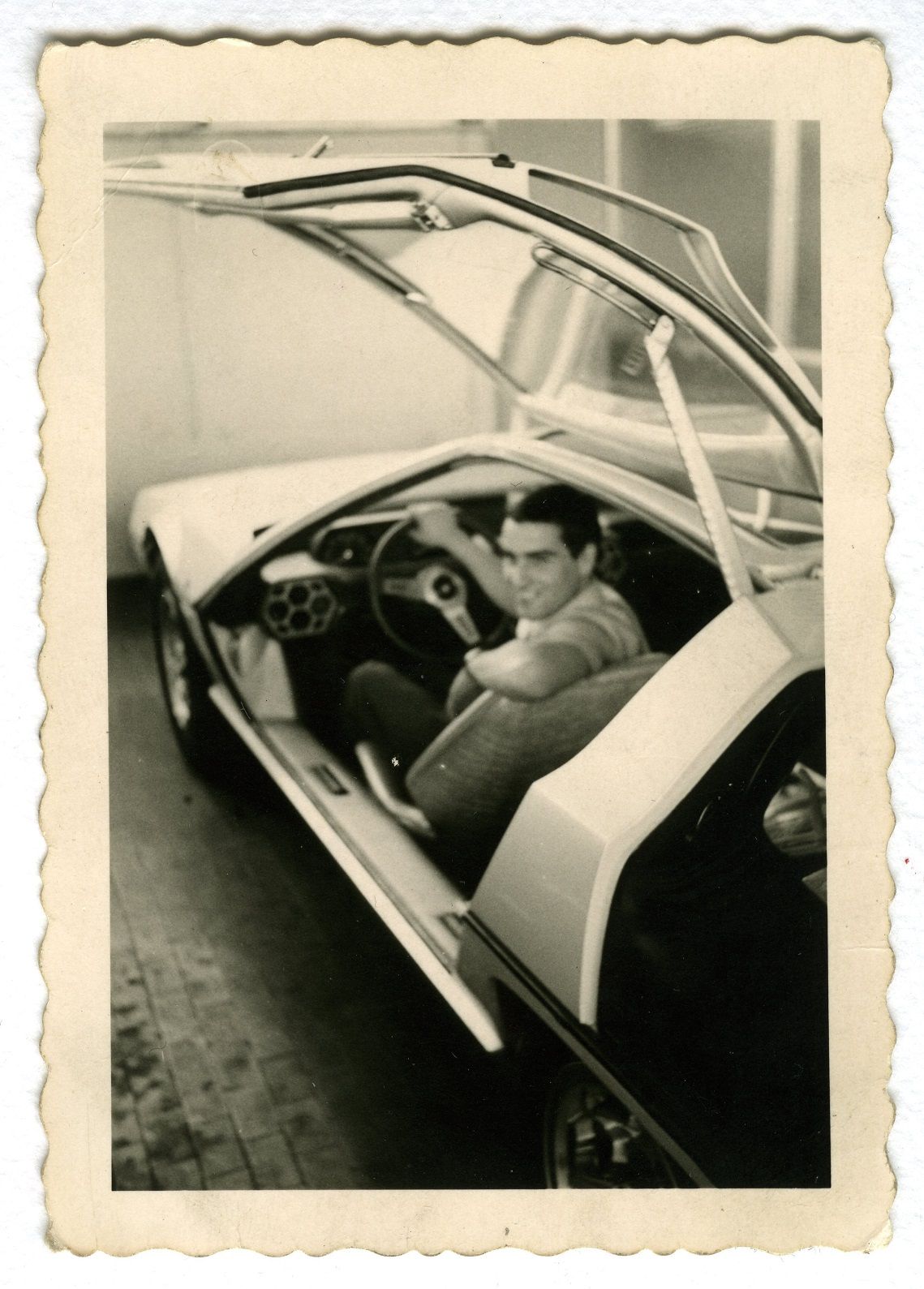
Ferruccio Lamborghini had expressed his desire to develop a more accessible sports car, and this idea became the reasoning behind Marcello Gandini’s plan for a concept. A car that could be a more practical and exciting alternative to the increasingly successful Porsche 911, which, in the meantime, had set the sales charts afire, reflecting an ever-growing market for a quick and lithe 160–200bhp 2+2-seater sports coupe. The idea was to better the 911 with more space and greater practicality in a car powered by a more powerful six-cylinder engine, also located at the rear, but more effectively so in terms of dynamics, by locating the engine amidships.
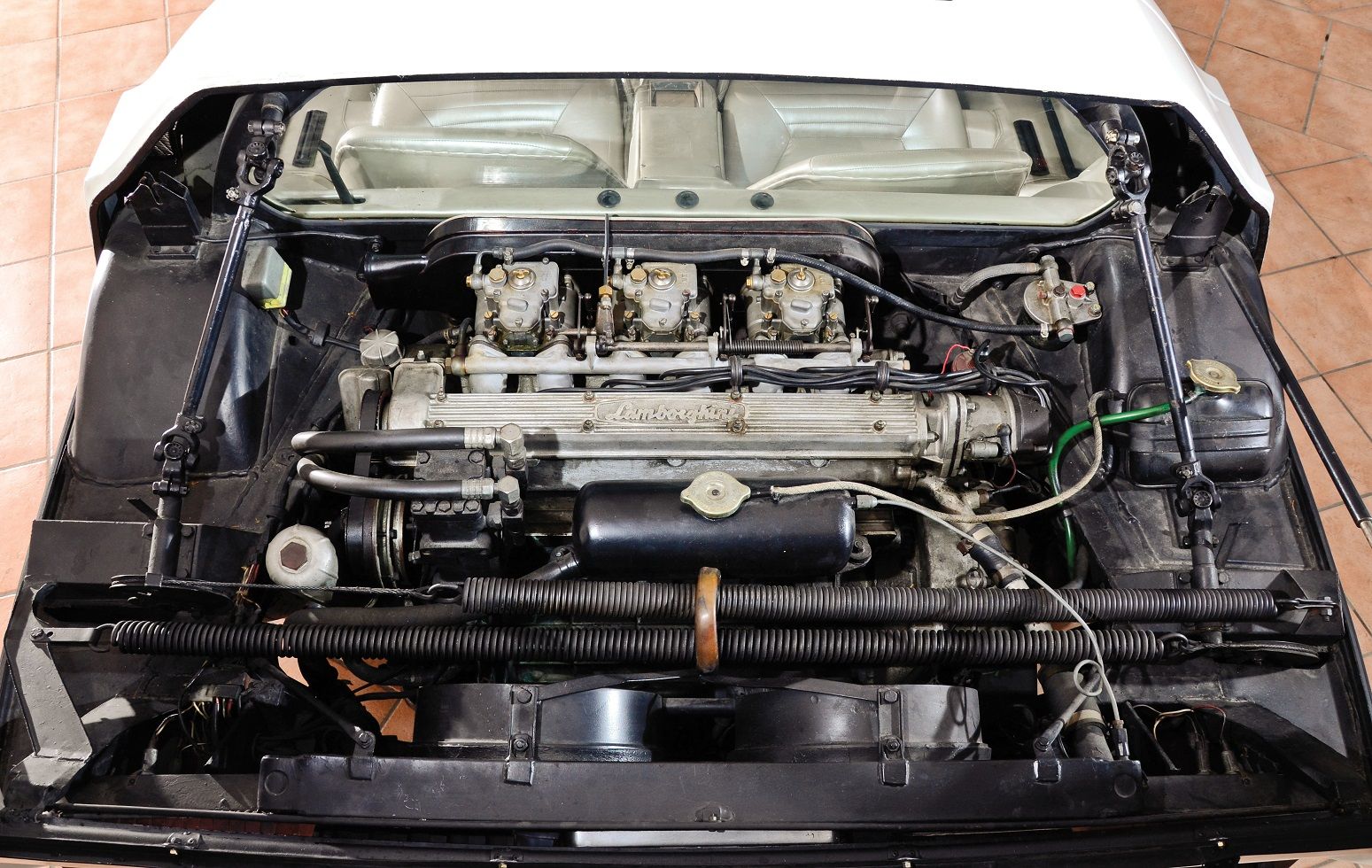
Thus, Gandini’s request to the Lamborghini engineers was the supply of half an engine of a Miura, addressing that aforementioned product idea, as well as saving on space for the powertrain. Lamborghini’s two engineers, Giampaolo Dallara and Paolo Stanzani, obliged by readying and providing Bertone with a 2.0-litre in-line six, mated to the five-speed gearbox of the Miura. ‘A modified Miura block, with only one head (the rear one), all the components remained standard, with the capacity of the engine at 50 percent of the standard was provided to Bertone’, confirmed Giampaolo Dallara to the author.
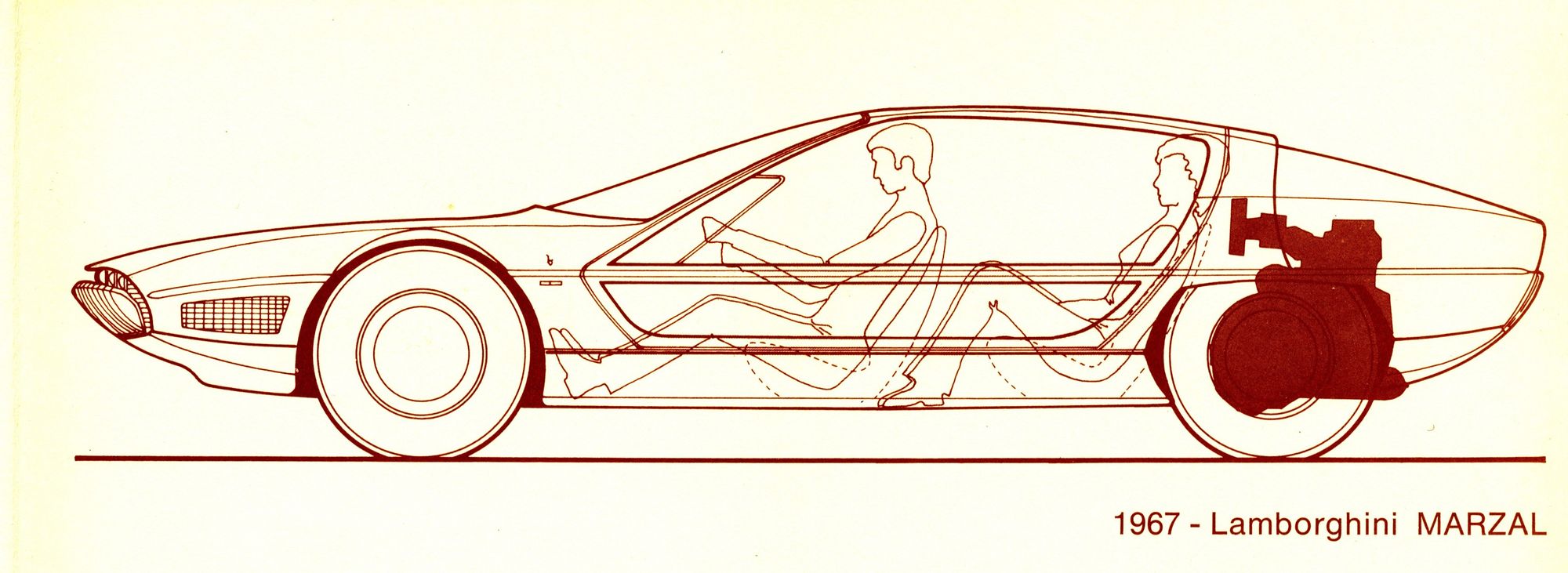
With three Weber 40 DCOE carburetors located horizontally, the 1964.5cc engine was rated at 175bhp at 6800rpm. By being canted to the front (by 30 degrees) and placed exactly above the rear axle line transversely, the powertrain unit took up minimal space, and left enough ahead of it for the location of the two rear seats, for the intended four-seater, with impressive space for adults at the rear, unlike the 911’s seats for children. ‘To free up space at the front for luggage and fuel tank’, Gandini opted to ‘have the radiator located at the rear, behind the engine’.
With the packaging aspects in place, it was time to draw out the shape, and what a shape the concept turned out to be…
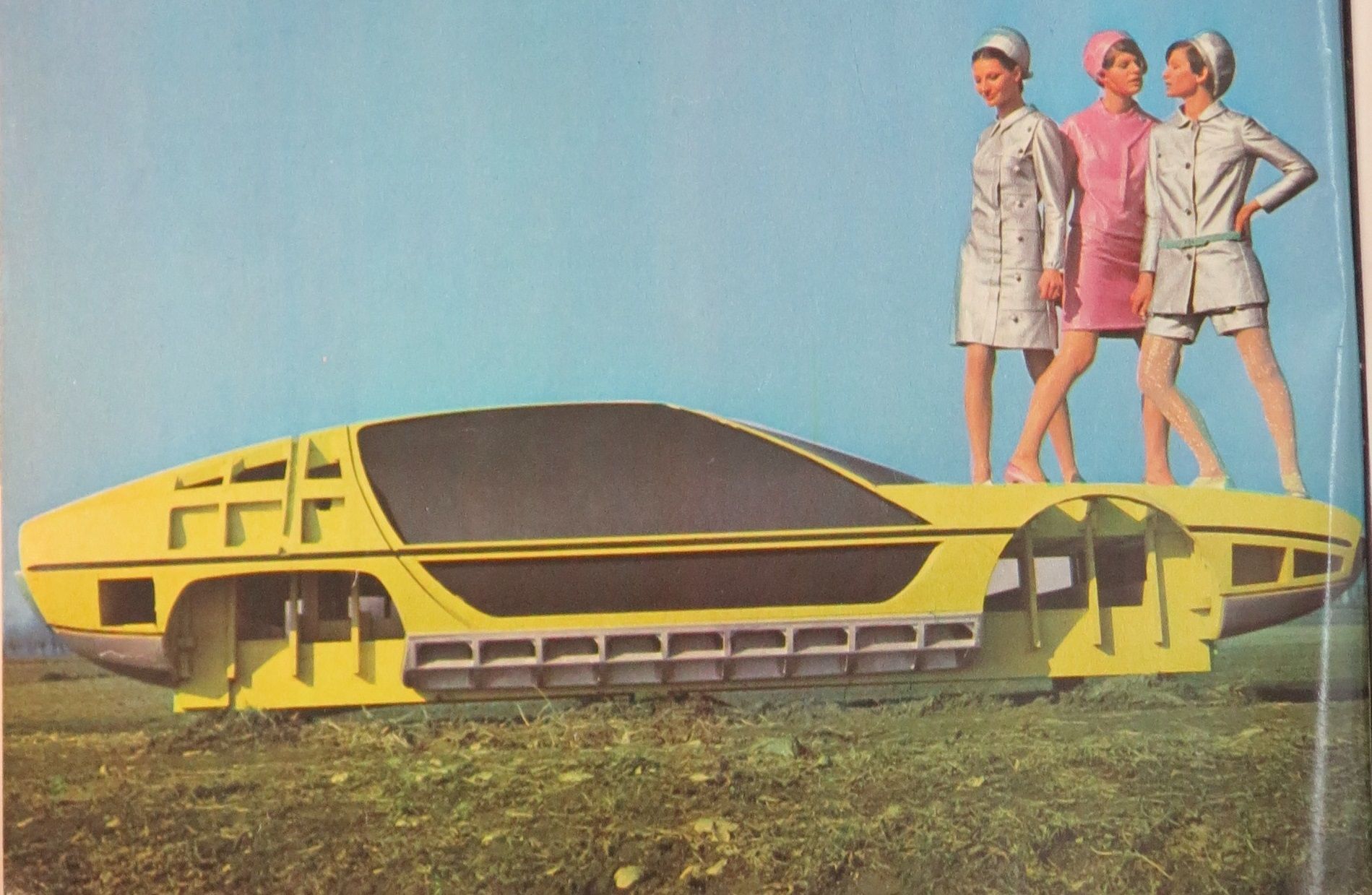
For the next part of the story, be back on this site tomorrow.
And if you would like to know more about the Lamborghini Marzal, check out this book: https://www.daltonwatson.com/Lamborghini-At-the-Cutting-Edge-of-Design-p/lamborghini.htm
Comments
Sign in or become a deRivaz & Ives member to join the conversation.
Just enter your email below to get a log in link.
